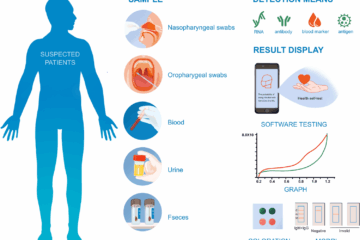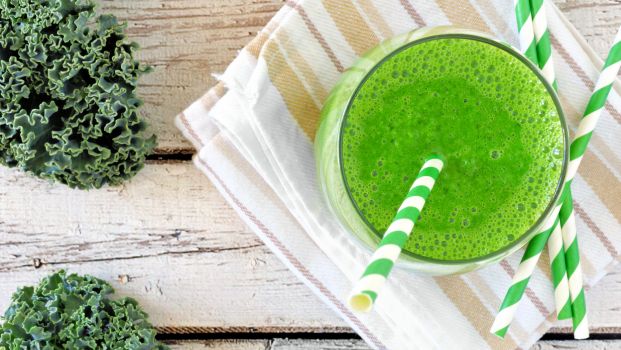
The colder months of the year come studded with a variety of veggies, from ruby red beets to a range of cruciferous veggies, radiant carrots and bright leafy greens. While most take the traditional route of cooking with these seasonal delights, others like to raise the bar a notch higher and get into the mode of experimentation. While you may like to include the seasonal produce in your daily curries and salads, others go on to try sipping on the goodness of winter veggies. Almost everything can be juiced or made into sumptuous smoothies. Winter veggies are excellent for the same. You can try various combinations and arrive at delicious, health boosting concoctions. Oranges, beetroot and amla go really well together with a dash of lemon juice. You can try many other combinations likewise. But what about greens? Is it okay to have raw leafy veggies?
Before we go on to answer that question, let us make it clear that juicing and blending are not the same things. Your local juice seller gives you ‘blended’ veggies and not ‘vegetable juice’. It would be absolutely impossible to derive vegetable juice from a regular juicer. Technically, juice is where just the liquid from an item is procured minus all the fibre of the ingredient. Blending is where you dunk an ingredient (or ingredients) and blend them to arrive at a thick liquid that can be consumed. This concoction will have the juice as well as the fibre.
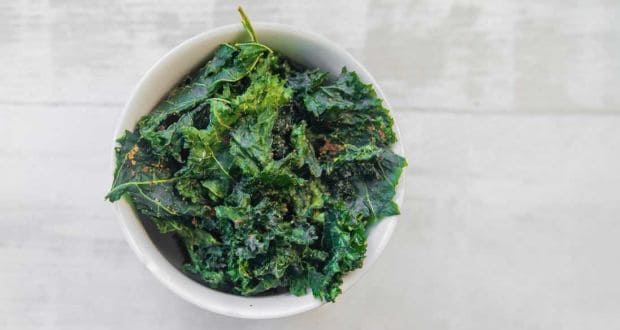
Greens
Juicing versus blending
So, what exactly should you go for? Although juices are good for health, experts suggest blending as a better choice over juice, why? It is because of a host of reasons. You consume more nutrients like fibre when you are blending whole ingredients and consuming the output. Blended drinks keep you full for longer and are better for digestion. Juices need to be consumed in moderation as excessive consumption can cause digestive issues. As juices are devoid of fibre and pulp they tend to contain natural sugar in more concentrated form and are therefore more calorific. With blended drinks you are promised with more whole nutrition, longer satiety, better digestion and slower absorption of sugar. While you can juice multiple ingredients together, adding items like nuts and seeds is possible only in case of blending. If you are required to be on a low-fibre diet, juices are ideal for you.
Is it safe to consume raw greens?
Green leafy vegetables are packed with nutrition; however caution must be practiced before consuming or cooking with them. It is absolutely safe to blend or juice greens provided you source them from a standard place. Organic produce is always better. Wash them properly; look for bad, rotten, wilted leaves and small bugs. “In case you are still not sure, leaving your leafy veggies in a bowlful of hot water for some time will ensure getting rid of all dirt,” shared Dr. Rupali Datta, Consultant Nutritionist, Fortis Escorts, New Delhi.
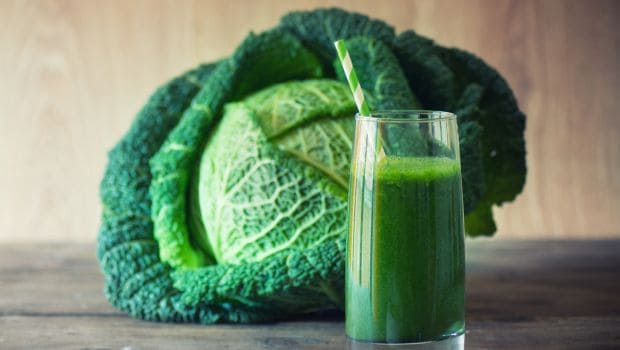
Green juice
Cruciferous and green leafy veggies are mostly safe to be consumed raw till the point you know the quality of those is unquestionable; besides this, consuming any form of raw veggies may cause some people trouble. Raw cruciferous and leafy veggies come with sugars that may take longer for some people to digest, such people may therefore experience bloating and gas issues. Cooked veggies are therefore better tolerated and digested by some people over consuming them raw in salads, juices or blended drinks. It is advisable to have a chat with your medical expert before giving vegetable juice or blended drinks a try.
“One thing to keep in mind is the fact that carbohydrates in raw items, when exposed to air, begin to oxidize; this is exactly why carbs rich fruits like apple and bananas turn brown after a while. It is therefore advised that you consume juices and blended drinks soon after they are ready. Essentially, oxidization just brings a change in the texture and the taste of an item; it is spoilage that we should be wary of. Greens are highly prone to contamination and spoilage, if you are consuming them raw, don’t keep them for long,” noted Dr. Rupali.
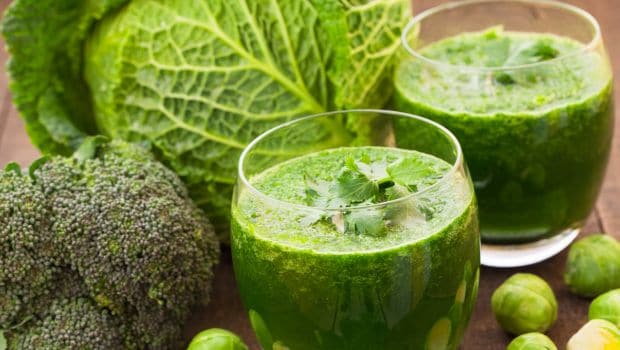
Blended greens
Juice or blend, whatever it is that you may decide, it is imperative to prep your greens first, keep the following points in mind.
– Never wash greens in hot water, it may make them wilt easily and lose the nutrition. Cold water will keep them crisp and bright. However, in case of using them raw, you can submerge the veggie in a pot of hot water. Keep for some time, then transfer to cold water and go ahead with juicing or blending.
– For items like lettuce and kale, their outer-most leaves must be discarded. Rotten, wilted, discoloured leaves or portions must be discarded. In case of worm infestation, discard the whole bunch.
– Always use a colander while washing and rinsing your veggies. Let excess moisture dry, you can use a salad spinner for the same purpose. Pat dry with paper towel. In case you want to store your greens and use them later, put them in a ziplock pouch keeping the bag open to avoid drying or moisture loss. Water used for washing, rinsing veggies must be fresh and clean.
[“source=food.ndtv”]


